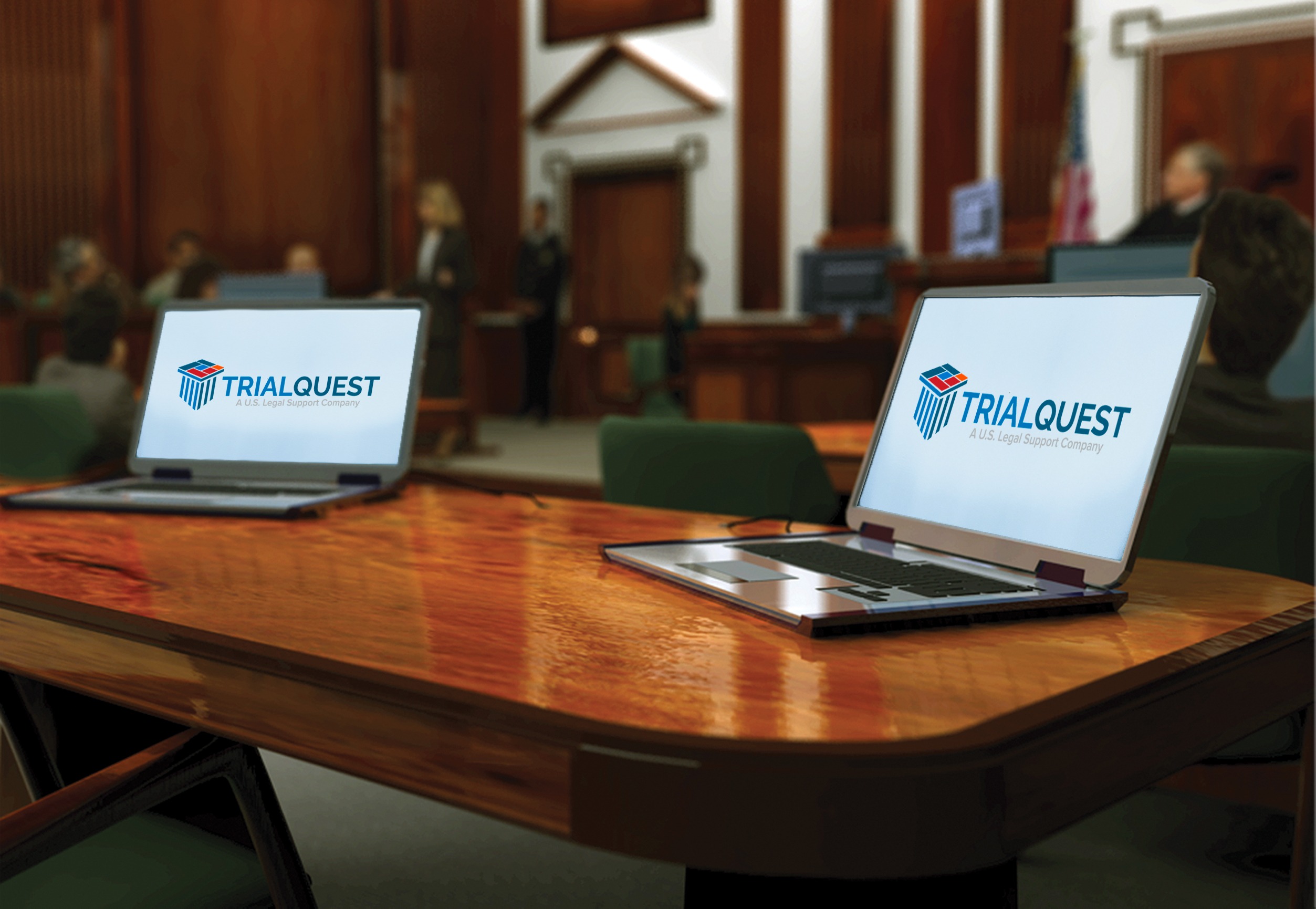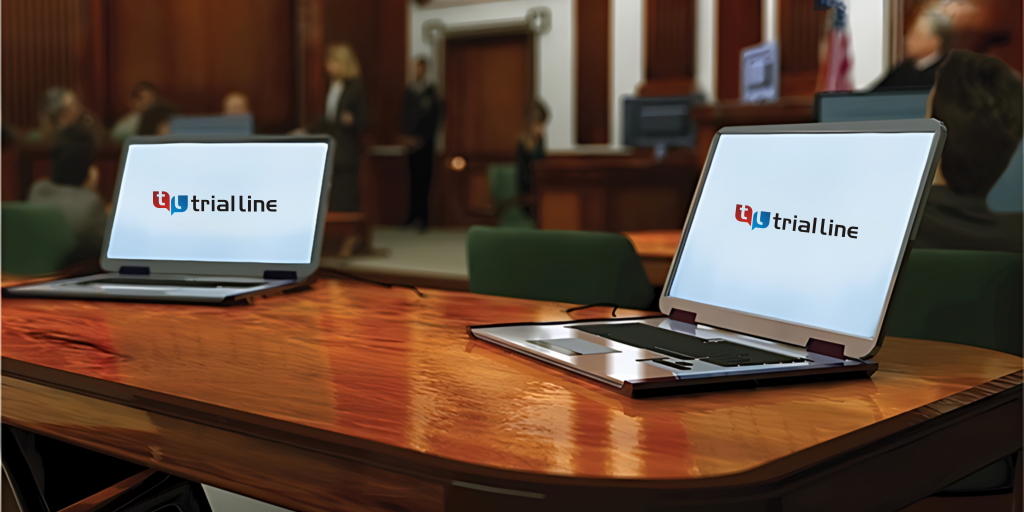Just How Reliable Test Presentations Can Win Your Instance
The efficiency of trial discussions is usually taken too lightly, yet they play a vital function fit juror assumptions and influencing instance results. By understanding the target market and crafting a narrative that reverberates on both intellectual and emotional degrees, attorneys can dramatically improve their persuasive power. Furthermore, the calculated use of visuals and improved shipment strategies can raise the quality of complicated information. As we explore the components that add to an engaging trial presentation, the inquiry stays: what specific techniques can lawyers employ to guarantee their message not only resonates yet likewise obliges activity?

Recognizing Your Audience
Comprehending your target market is important for delivering an efficient test presentation. Understanding that will exist in the courtroom-- jurors, judges, and rival counsel-- enables you to customize your message in a way that reverberates with them. Each team has distinctive expectations, prejudices, and backgrounds, which can substantially affect their perception of the situation.
For jurors, it is important to think about demographics, life experiences, and cognitive predispositions. Jurors might originate from numerous careers and social histories, affecting their interpretation of evidence and arguments. Engaging with them through relatable examples and clear, simple language can cultivate far better understanding and compassion.
Juries, on the other hand, concentrate on legal criteria and step-by-step honesty. Discussions should be succinct and based in the regulation while valuing court etiquette. Comprehending the judge's preferences and past rulings can even more boost your technique.
Effective communication depends upon recognizing these distinctions and readjusting your discussion style appropriately (trial presentations). By anticipating the audience's responses and addressing their problems, you can create an extra influential narrative that captivates attention and advertises positive results
Crafting a Compelling Story
A well-crafted story acts as the foundation of a reliable trial presentation, leading the target market through intricate info while evoking psychological actions. This narrative needs to start with a clear and engaging intro that sets the phase, detailing the key motifs and problems at stake. Developing a relatable protagonist-- frequently the customer-- can produce a personal link with the jury, attracting them into the tale.
The body of the narrative have to provide the realities in a rational series, weaving together proof and statement to construct a cohesive debate. Each piece of details ought to sustain the overarching style, enhancing the desired message without frustrating the audience with unneeded details. Shift phrases can be especially effective, helping to keep flow and maintain the court engaged.
Inevitably, the conclusion must resonate mentally, summing up the case's value and advising the court to act via their verdict. By crafting an engaging narrative that is both organized and emotionally resonant, attorneys can successfully communicate their situation's merits, making it much easier for jurors to understand and keep in mind the bottom lines long after the trial wraps up. This strategy not just informs however likewise encourages, boosting the likelihood of a positive end result.
Making Use Of Aesthetic Aids Successfully

Aesthetic help play an essential role in enhancing trial presentations, transforming complex data right into available info that jurors can quickly comprehend. By using charts, graphs, diagrams, and multimedia components, lawyers can make clear detailed factors and keep jurors' interest. Visual help promote the understanding of proof, making abstract ideas concrete and relatable.
When selecting aesthetic help, significance and simplicity are critical. Each aesthetic need to straight support the case story and enhance crucial disagreements without overwhelming the visitor. Extremely complicated visuals can interfere with the message, causing complication as opposed to clarity.
In addition, the tactical positioning of aesthetic aids throughout discussions is essential. They ought to be introduced at essential moments to find here underscore critical evidence or to illustrate significant modifications or patterns. This timing allows jurors to refine info effectively, improving retention and recall throughout considerations.
Furthermore, it is vital to make sure that visual help are technically compatible with the courtroom atmosphere. Knowledge with the tools and a back-up strategy can avoid technical glitches that may disrupt the flow of the discussion. In summary, reliable use aesthetic help can considerably strengthen a trial discussion, leading to a stronger link with the jury and a more convincing instance in general.
Engaging Feeling and Empathy
While providing valid proof is important, interesting feeling and empathy in trial presentations can greatly affect jurors' perceptions and decisions. Jurors are not simply decision-makers; they are people that reply to narratives that reverberate on an individual degree. By weaving emotional elements into the discussion, lawyers can develop a connection that transcends mere stats and lawful lingo.
Narration is an effective device in this context. By presenting the case as a narrative that highlights the human effect of the occasions in inquiry, lawyers can stimulate feelings of compassion, anger, or even fear - trial presentations. These emotions can considerably persuade jurors, making them most likely to feel sorry for the complainant or offender

Eventually, a test presentation that successfully involves emotion and empathy can produce an engaging argument that resonates deeply, leading jurors to really feel an individual risk in case, consequently raising the opportunities of a positive decision.
Exercising Shipment Methods
Involving feeling and empathy lays a strong structure for test presentations, however the performance of these aspects pivots on the delivery techniques used by the attorney. Grasping shipment techniques is important for making sure that the message reverberates with the court. This includes exercising tone, speed, and body movement to improve reputation and link with the target market.
Practicing the discussion several times enables attorneys to refine their style and identify areas for renovation. Recording technique sessions can give beneficial understandings right into one's nonverbal hints and vocal inflections, helping to eliminate disruptive behaviors. Furthermore, getting feedback from peers can highlight strengths and weak points, leading additional refinement.
Effective usage of stops briefly more tips here can likewise be a powerful strategy; they permit the court to absorb crucial information and enhance psychological impact. Attorneys need to likewise be mindful of eye call, as it promotes count on and engagement with jurors.
Inevitably, the hop over to here combination of exercised shipment techniques and the psychological resonance of the discussion can dramatically affect the jury's assumption, producing a compelling situation that stands apart in their minds. The power of well-executed distribution can not be overstated in the pursuit of a positive verdict.
Verdict
In recap, effective trial discussions are crucial in affecting juror decisions. Grasping distribution strategies further enhances these aspects, ultimately adding to a persuasive case presentation.